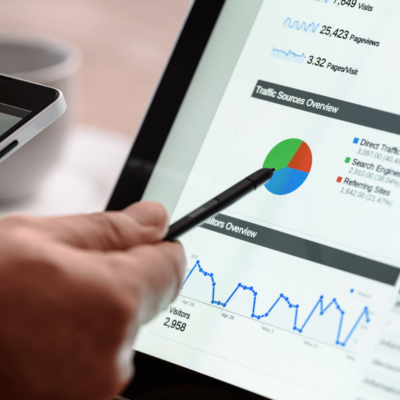Are you using Performance Max?
Change, they say, is a constant thing, and in today’s society change and adaptability are the new norms. Digital marketing is not exempt from this. Brands, advertisers, and marketers have used Google Performance Max Ads (formerly known as AdWords) to create sales since it gives them total control over their campaigns.
Then, advertisers had the ability to hide search terms from the search term report and tweak their ad keywords to match types, and other settings they have control over. However, the introduction of Performance Max has changed everything. Machines in Performance Max have usurped advertisers’ complete control over their Adwords campaigns. The development of machine learning and AI has increased advertisers’ reliance on Google’s algorithms.
In the views of Google, Performance Max is a “goal-based campaign type that allows performance advertisers to access all of their Google Ads inventory from a single campaign.” Google Smart Shopping and Local campaigns are the tools most affected by the recent updates. For e-commerce firms, Smart Shopping campaigns have been shown to be an effective campaign type.
Smart Shopping, which uses automation to match products to consumers on Google platforms, combines regular Google Shopping campaigns with remarketing and taps into the power of Google’s machine learning. Similar to e-commerce campaigns, local campaigns also employ machine learning to promote local companies through offline visits, phone calls, and clicks on Google location pages for map directions.
However, Performance Max campaigns have gradually taken the role of both of these venerable campaign kinds as of this year, more specifically as of April. In 2020, Google Performance Max campaigns were launched in testing, and in 2021, they were made available to all marketers.
Performance Max, which is based on machine learning and AI, is another example of how Google is limiting advertisers’ control and requiring them to rely solely on its algorithms.
Advertisers can use Performance Max to input all of their campaign assets, including marketing objectives and goals, budget, creative assets, geo-targeting, audience signals, feeds, and conversion data. Then, Google will automatically put them together and serve people with relevant ads based on AI and machine learning.
Now you would ask, “Is this a good change?” Well, let’s believe Performance Max was well thought out and that it’s for both the interest of advertisers and the benefit of customers. As a digital marketer, adapting and learning the ropes can make a difference in your sales.
Come to think of it, despite the fact that Performance Max campaigns continue the trend of decreasing advertiser control; they also present a significant chance for marketers with a wealth of data to help the AI and machine learning in working to their advantage. These recently mandated campaign types may be detrimental to smaller businesses and marketers with limited scope, a small audience, and data volume.
Since Performance Max is the new deal, all digital marketers will need to determine whether their product or service will succeed in a machine learning environment. If not, it would be worthwhile to look at alternative media. But the reality is that machine learning and AI have come to stay, and there is no going back.











